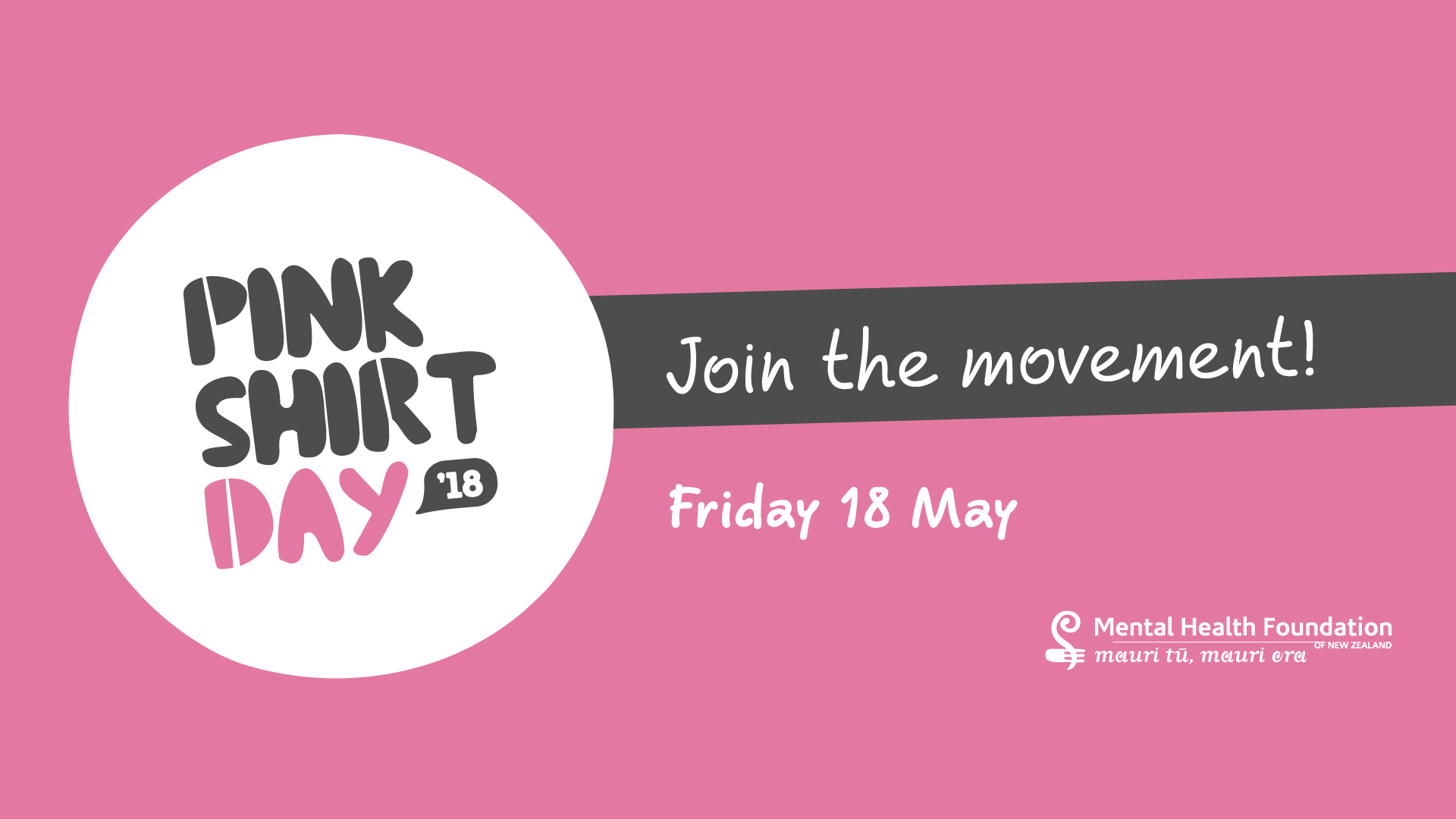
We’ve joined the Pink Shirt Day movement!
Animation College and AMEs have joined the Pink Shirt Day movement to Speak Up, Stand Together and Stop Bullying! On Friday, 18 May we’re going pink to show our commitment to creating a school environment that is safe, welcoming and inclusive of all students.
New Zealand has some of the highest rates of bullying in schools in the world but there’s no room for it here at Animation College and AMEs.
We’ll be celebrating Pink Shirt Day by Sharing pink food all week, using pink pens to draw anti-bullying themes on the wall, wearing pink stickers and if you want wear pink!
About Pink Shirt Day
Pink Shirt Day is a national anti-bullying campaign led by the Mental Health Foundation. Pink Shirt Day aims to reduce bullying in schools by celebrating diversity in all its forms and supporting schools to be safe, supportive, welcoming and inclusive of all students. Pink Shirt Day began in Canada in 2007 when two students took a stand against homophobic bullying after a new Year 10 student was harassed and threatened for wearing pink.
Why reduce bullying?
By taking bullying seriously and working towards a school culture that supports and celebrates the diversity of all students, young people can feel safe and supported, and flourish at school.
Many studies show that young people who are bullied are more likely to experience mental health issues, such as depression, anxiety and even suicidal thoughts. This can impact their learning, relationships and their ability to feel good about who they are, leading to ongoing poor mental health and wellbeing.
What is bullying?
It isn’t uncommon to hear someone say something insensitive or mean to someone else. In fact, probably all of us have said or done something that wasn’t very nice to someone else, in a moment of anger or frustration. And although such comments or actions are not okay, bullying has some specific features that make it much more serious and harmful.
Bullying is:
· Deliberate – harming another person intentionally
· Involves a misuse of power in a relationship
· Not a one-off – it is repeated, or has the potential to be repeated over time
· Involves behaviour that can cause harm – it is not a normal part of growing up.
Bullying can be:
· Physical – hitting, tripping up
· Verbal – insults, threats
· Social – spreading gossip or excluding people.
· Cyberbullying is bullying online, via the internet, mobile phones and social media. It’s a
common form of bullying, especially amongst young people.
While all young people can be the target of bullying, some groups or individuals experience more bullying than others. These are often young people that are perceived as different in some way from the mainstream “majority culture” of the school and can be targeted as a result.
For more information on what our school is doing to prevent bullying and celebrate diversity, including out bullying prevention policy Rie Jarrett, rie.jarrett@animationcollege.co.nz and Blair Morpeth, blair.morpeth@animationcoleege.co.nz
